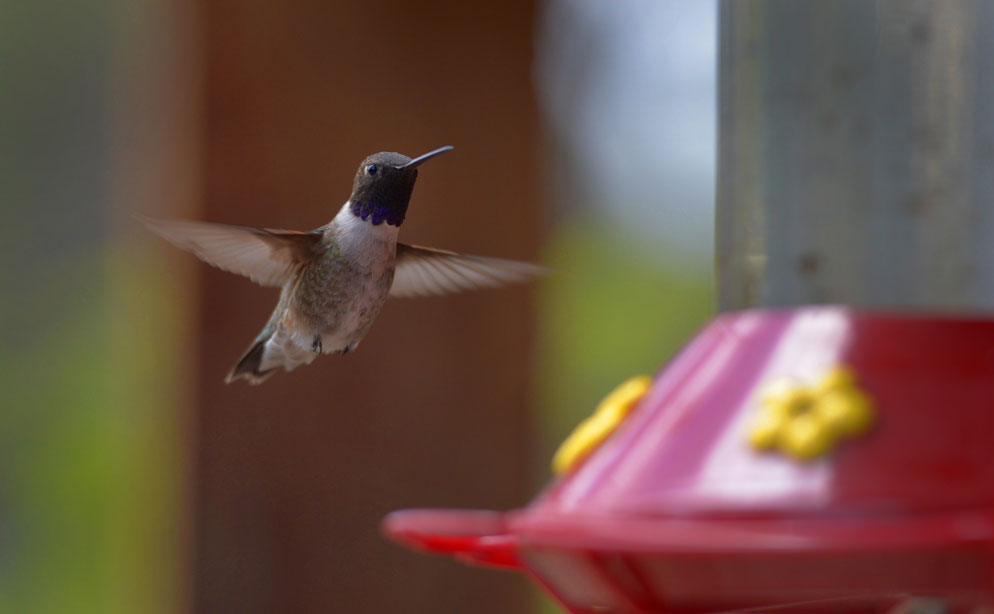Online Exclusive: Slow Motion
Whether we're making our movie clips with a COOLPIX, a Nikon DSLR or one of the Nikon 1 advanced cameras with interchangeable lenses, we've got a lot of creative choices at our command, choices that will affect how our movies look. One of those choices is slow motion, which is the topic of Steve Heiner's Moving Pictures column in the fall issue of Nikon World and the subject of the accompanying video that offers excerpts from several slo-mo clips shot by Steve with COOLPIX and Nikon 1 cameras.
Movies move because they're essentially a series of still images, a sequence of frames going by in rapid succession, and the key to slow motion is the speed at which we shoot and play back our footage. We normally shoot at 30 frames per second for our traditional movie clips, but when we shoot at higher speeds—say, 120, 140 or, with the Nikon 1 cameras, 400 or 1200 fps—and then play back at the standard 30 fps speed, we've got a slow motion movie or sequence.
As a technique, slow motion is a sure-fire attention-getter for its ability to reveal what happens too quickly for us to completely observe. As Steve points out in his column, what we're seeing in slow-motion footage "is all the detail, all the extra information, that normally goes by too fast" for our eyes to catch.
The really cool part of slo-mo is that it's applicable to just about anything in motion—from the obvious (a hummingbird at the feeder) to the curious (the secret life of Jell-O).
To see what you're missing—and what slo-mo reveals—just click on the video clip.
Slow Motion Video - Add slow motion to your DSLR movies for a unique perspective.







